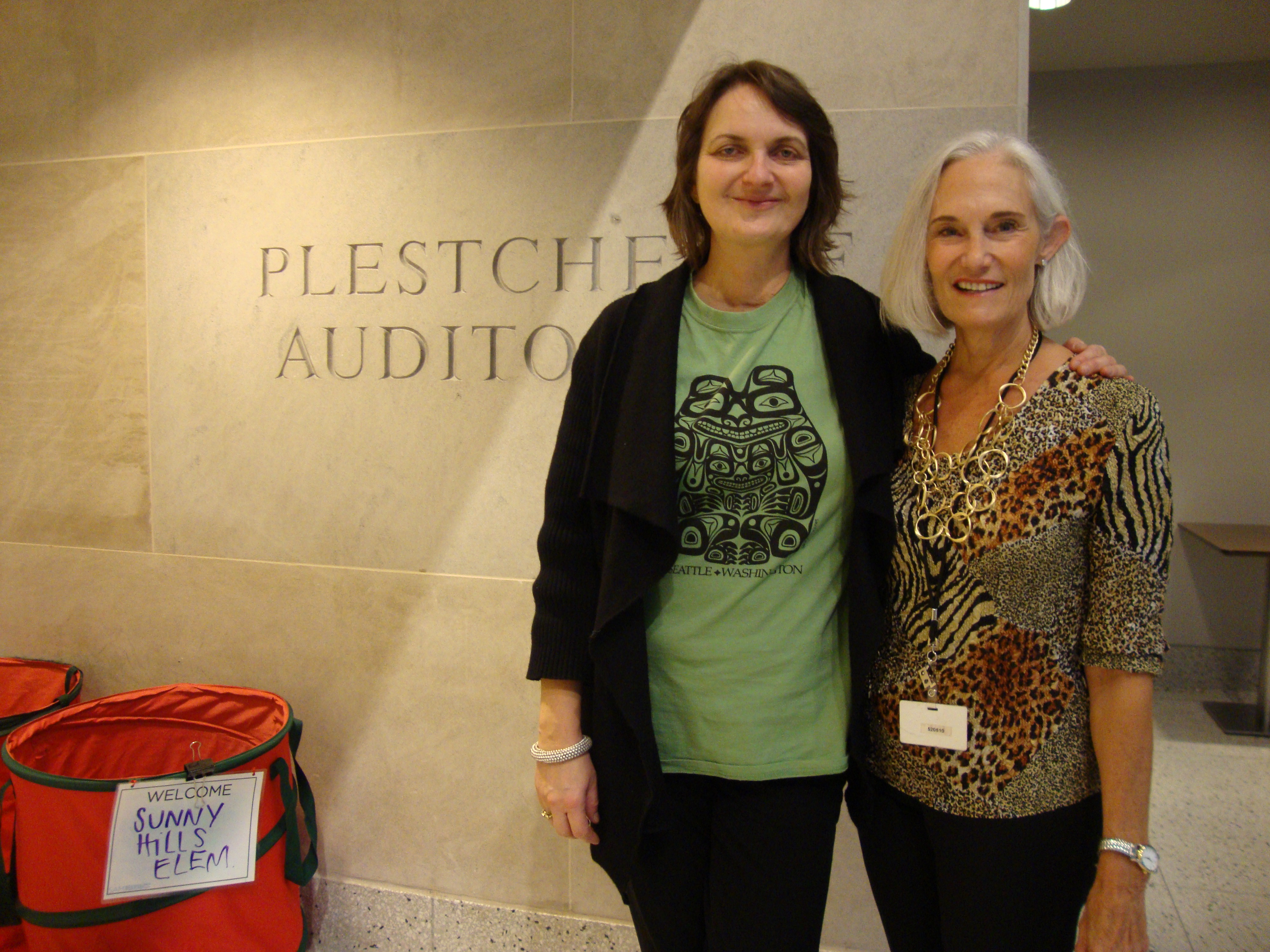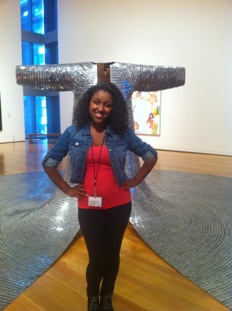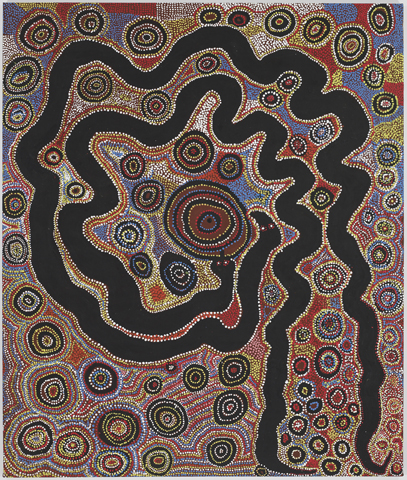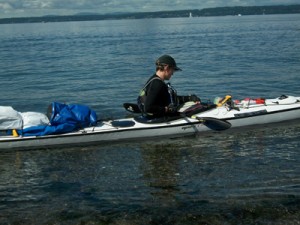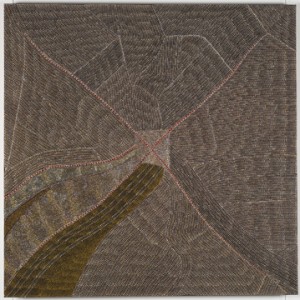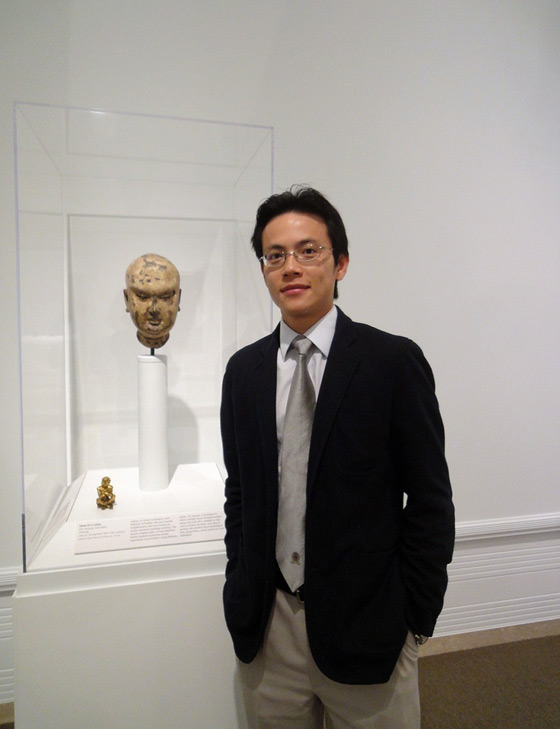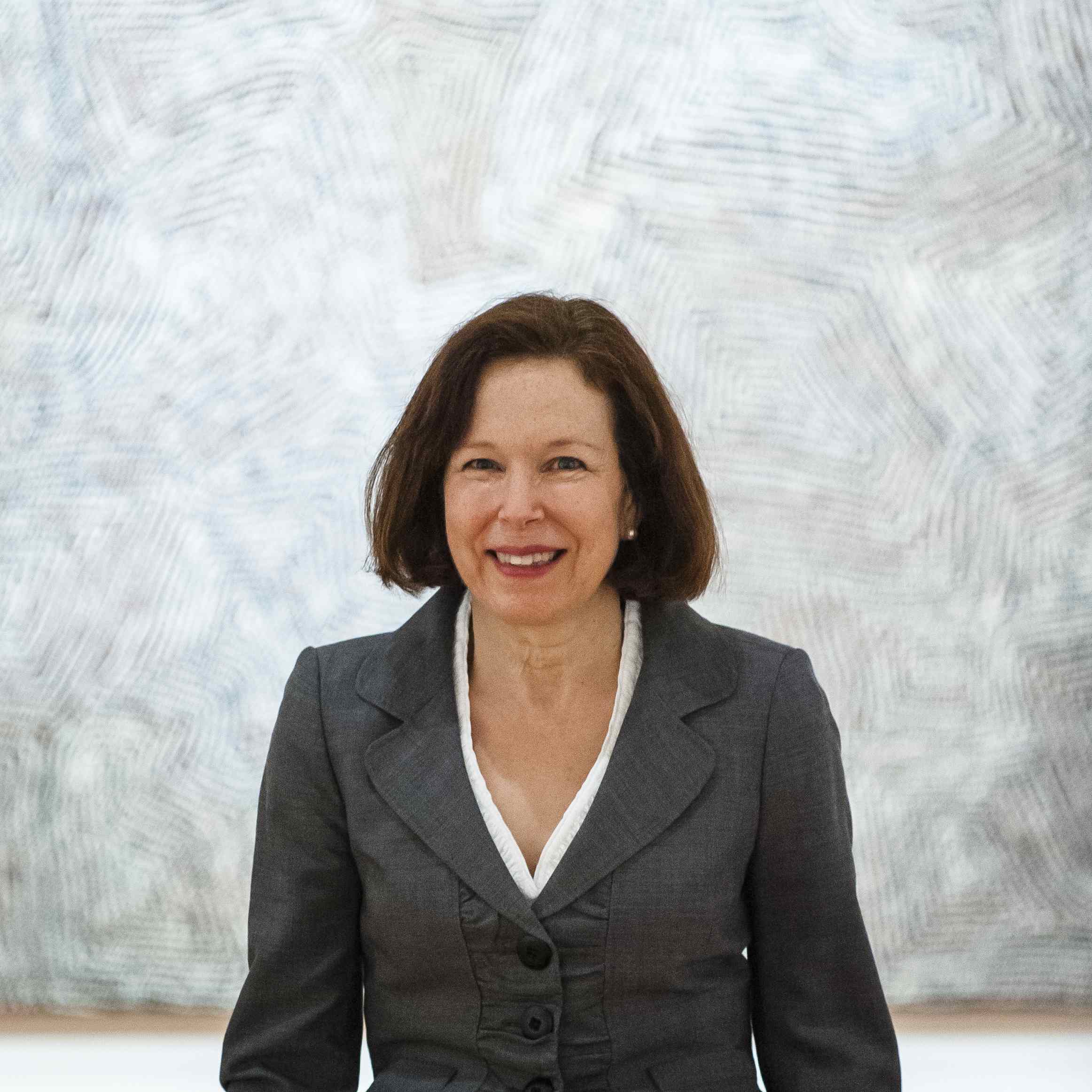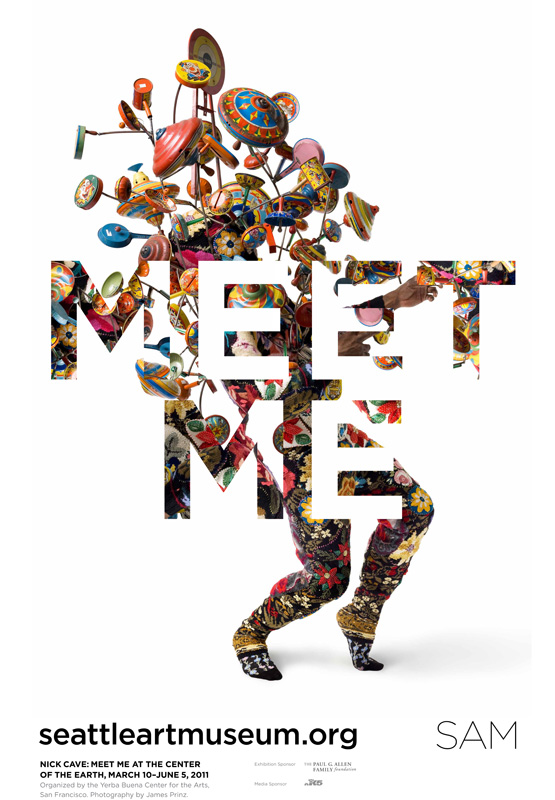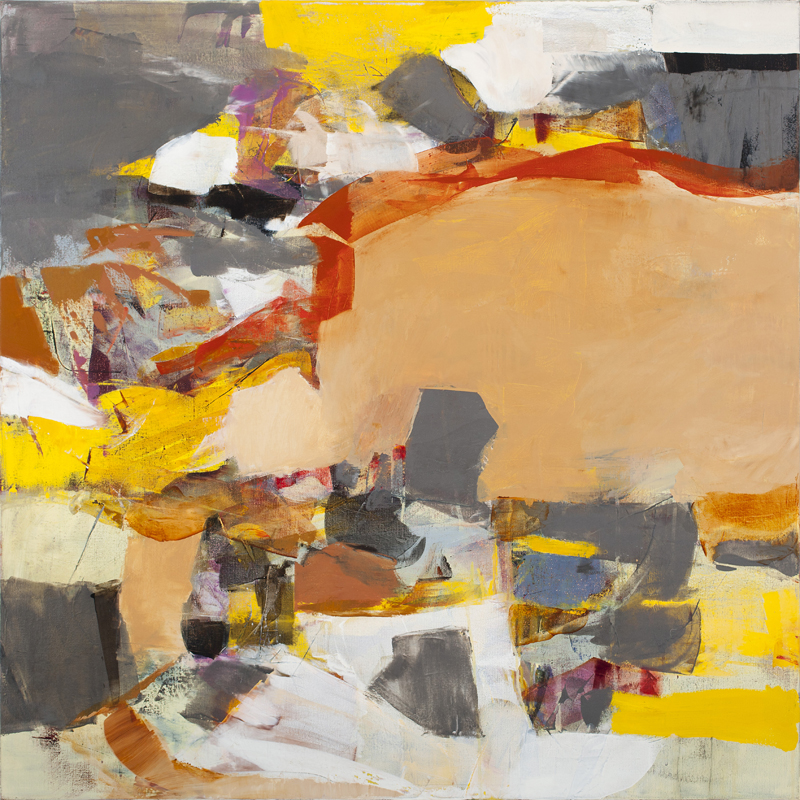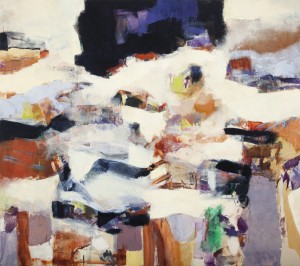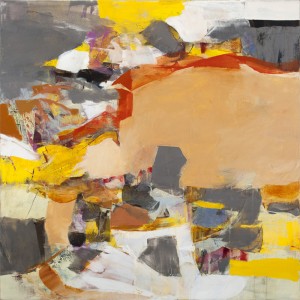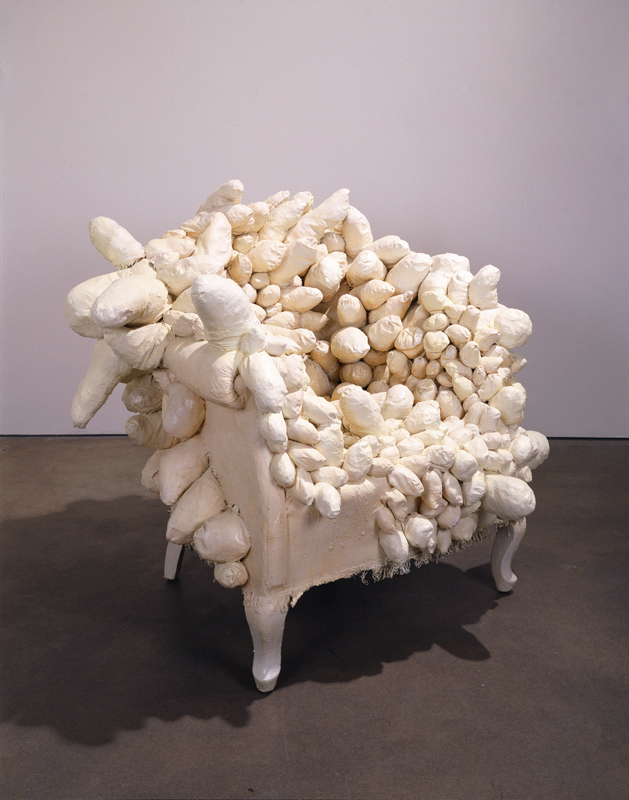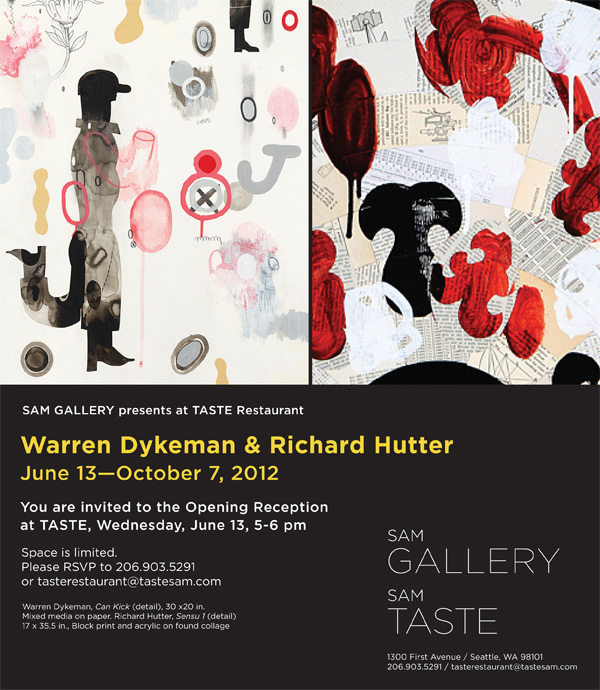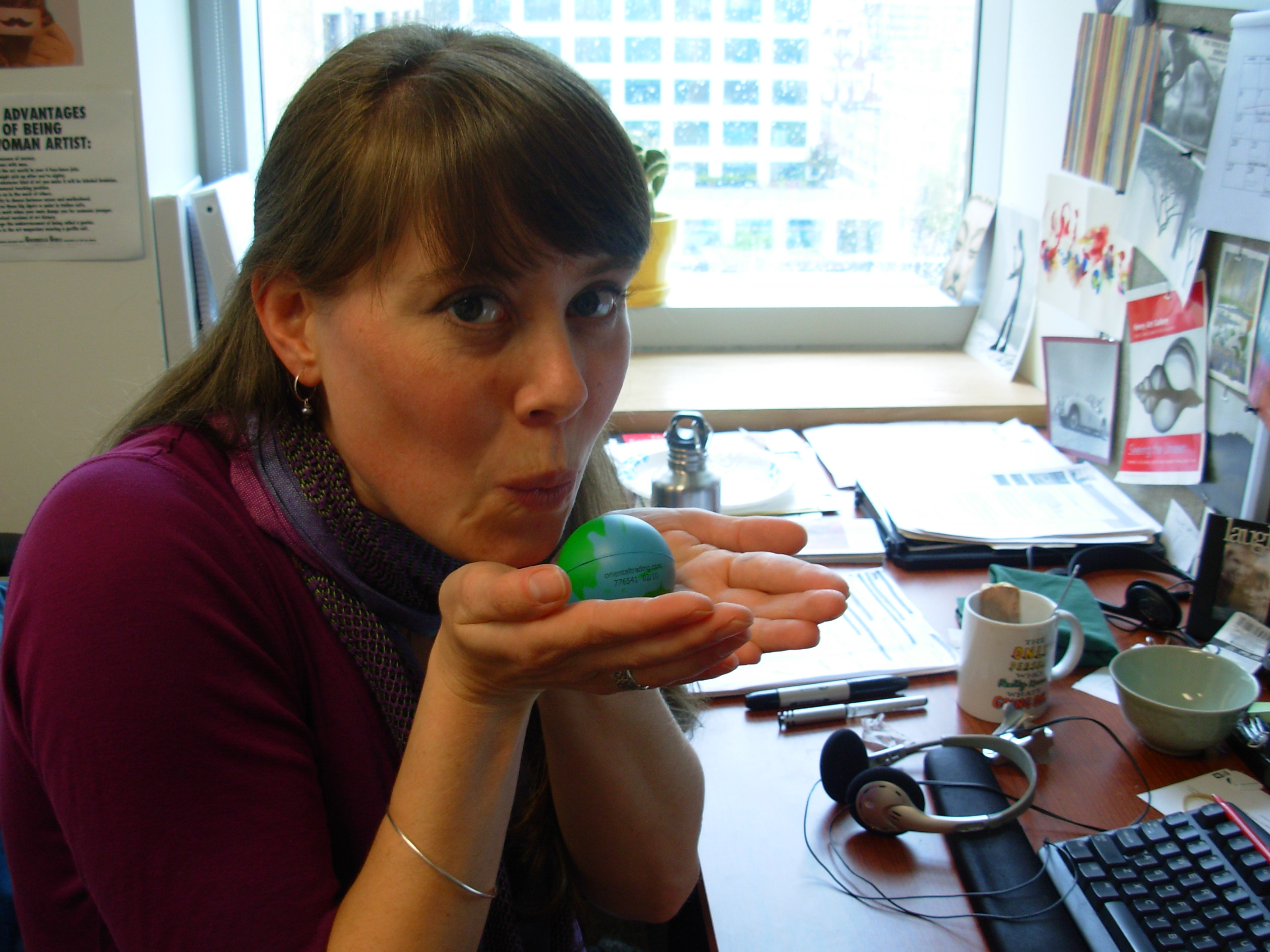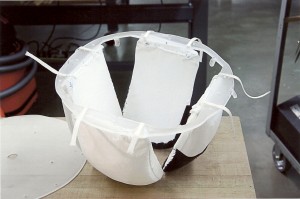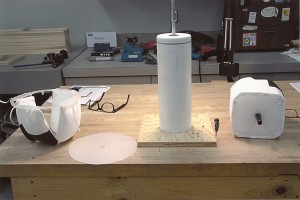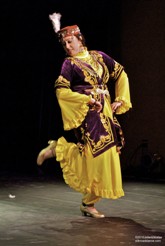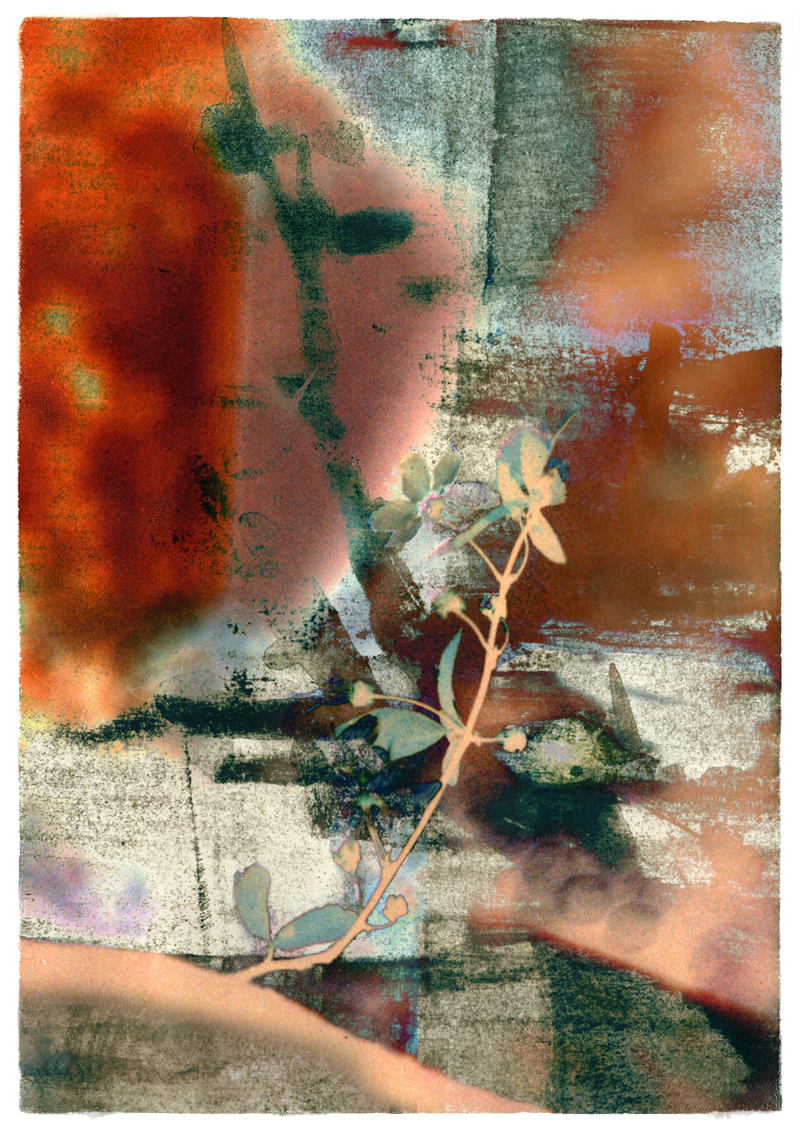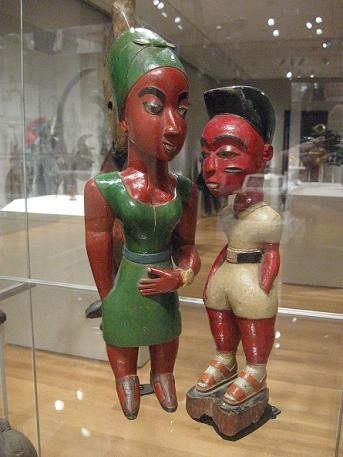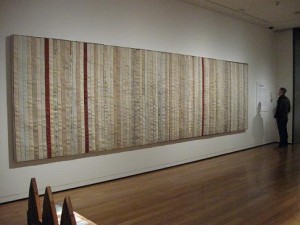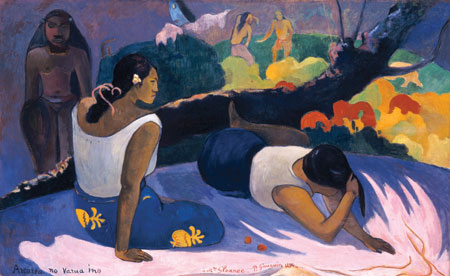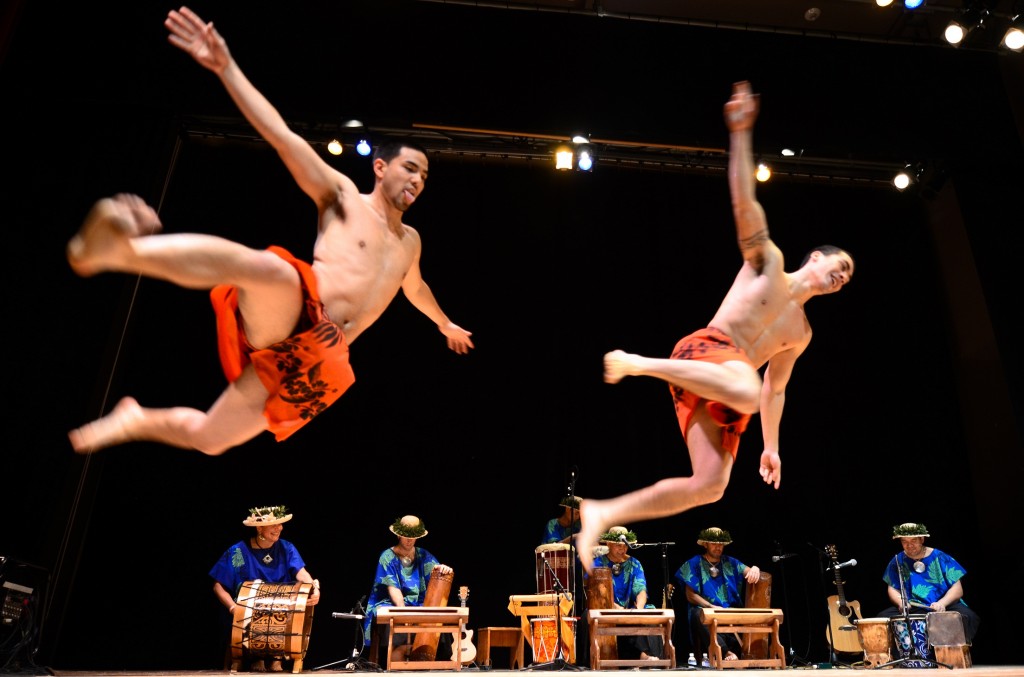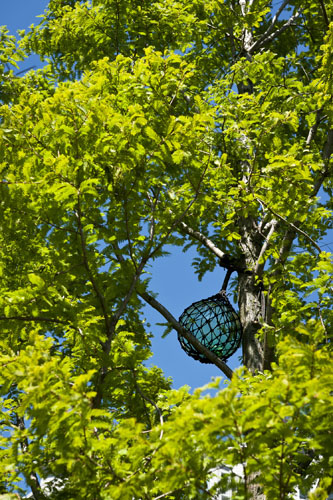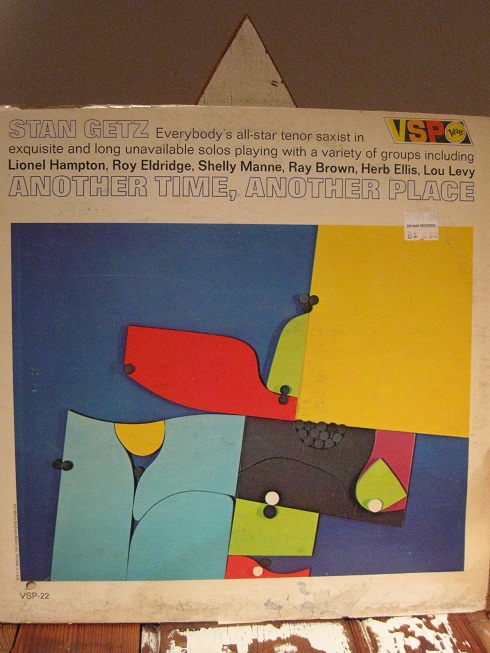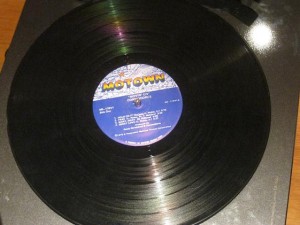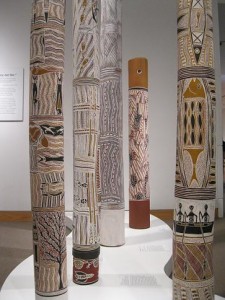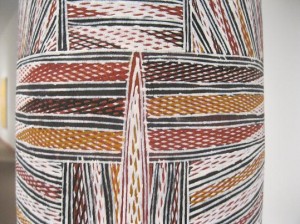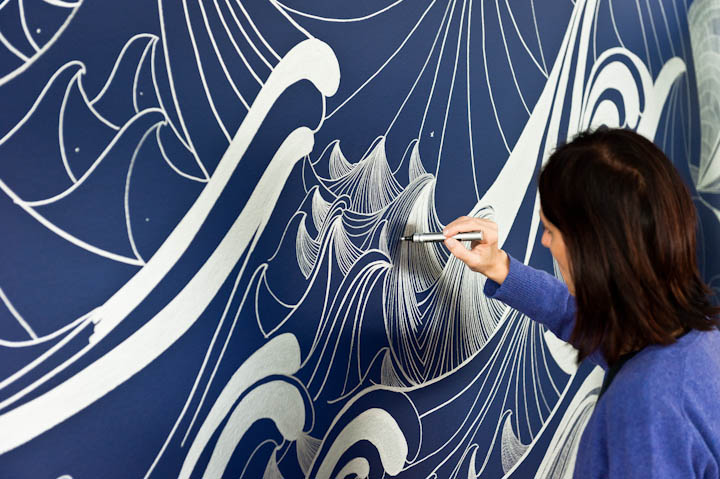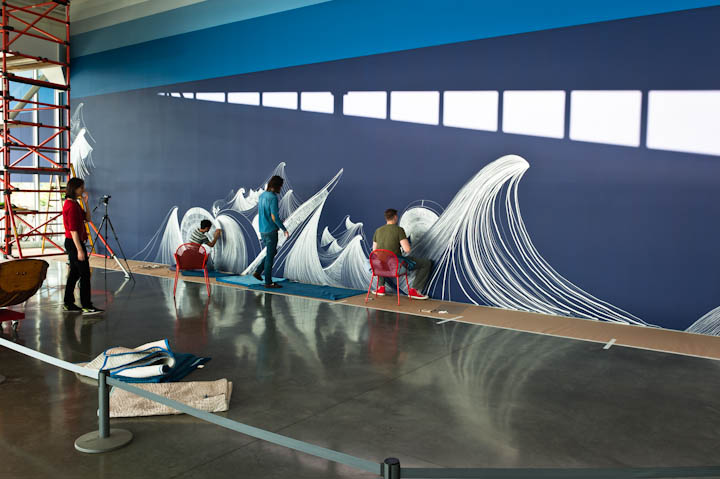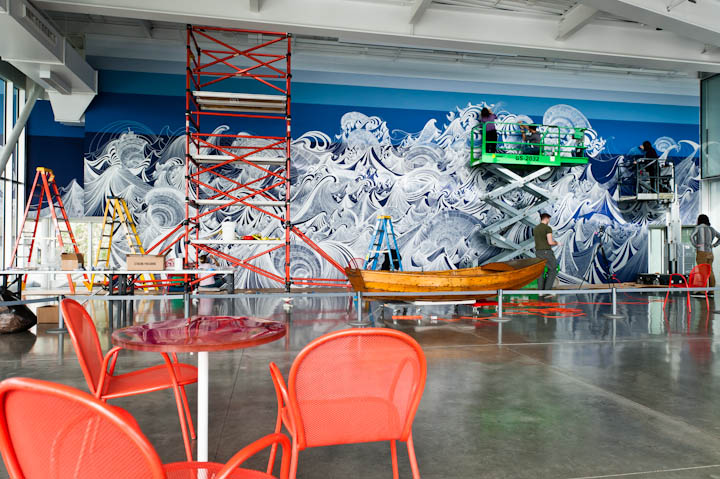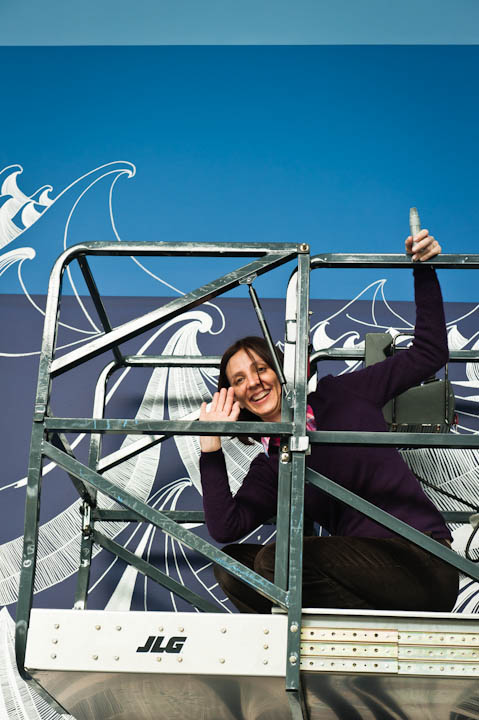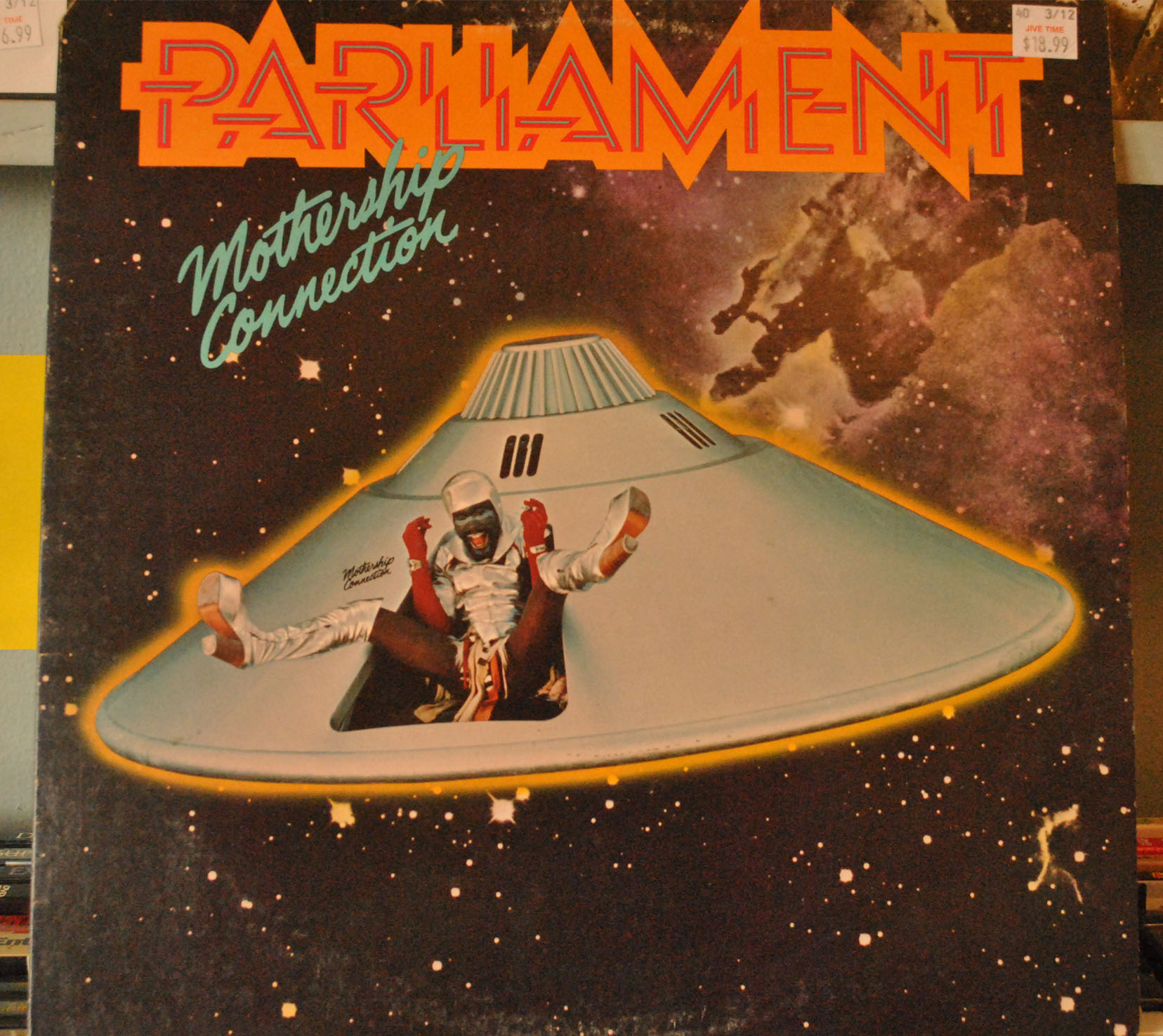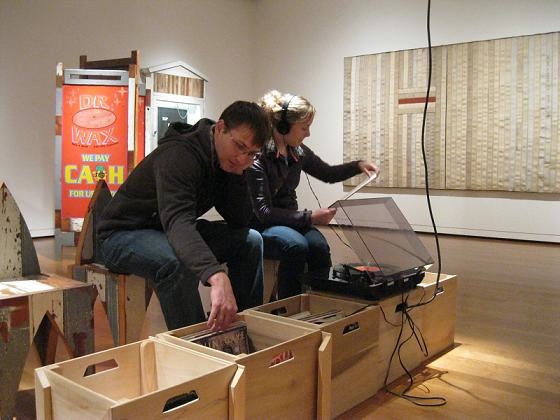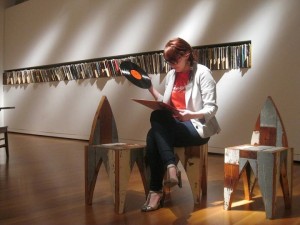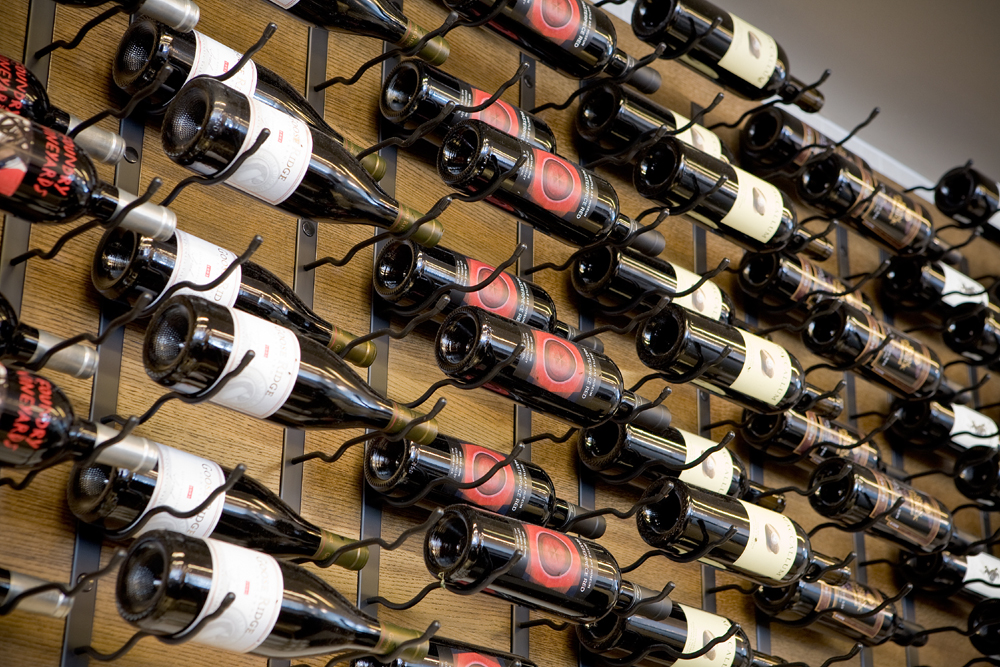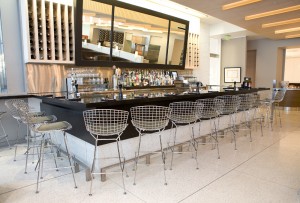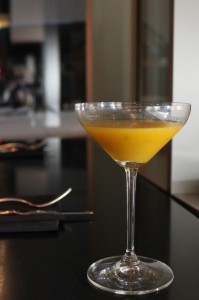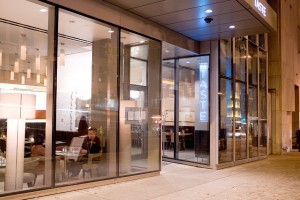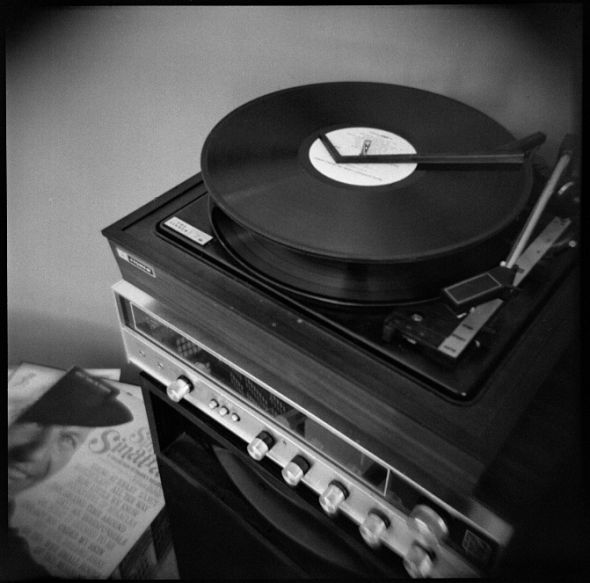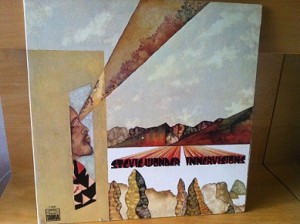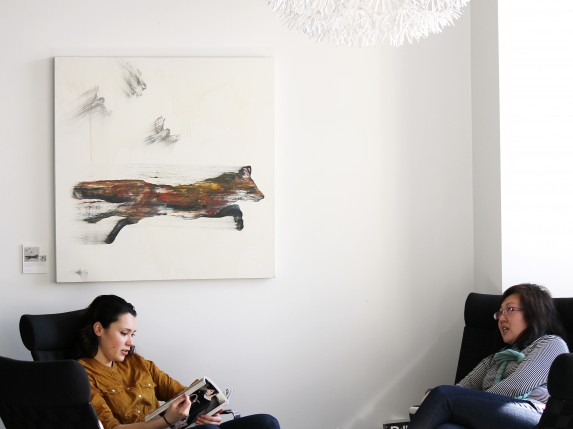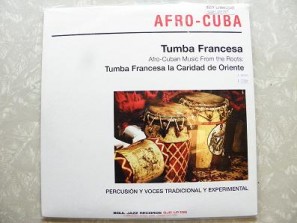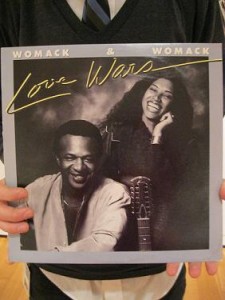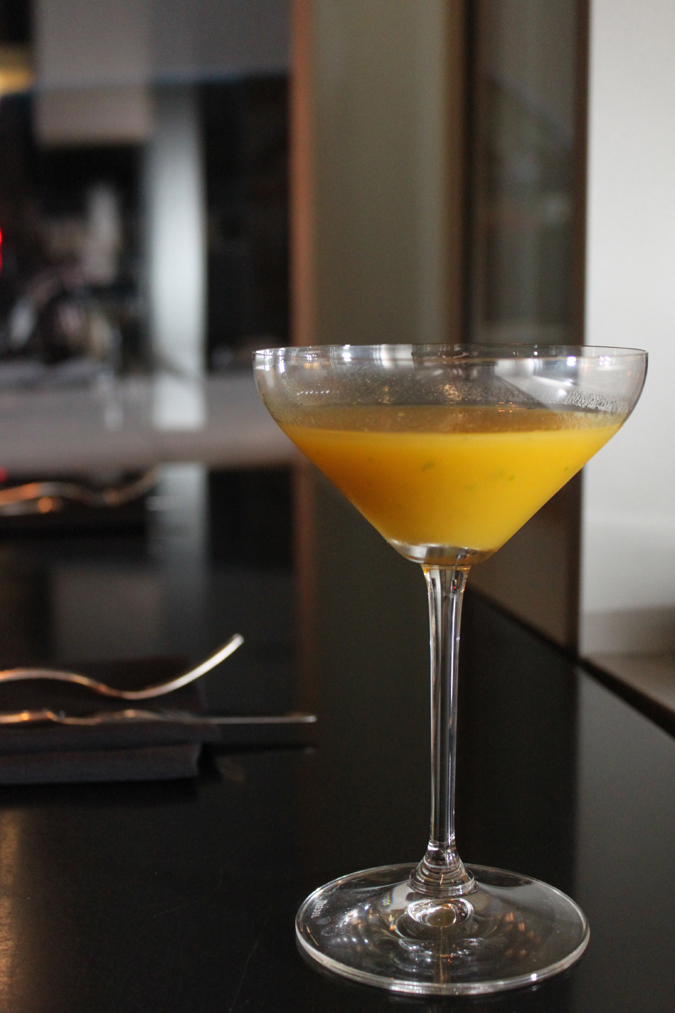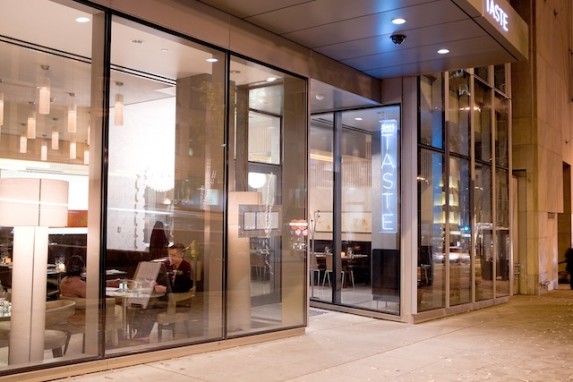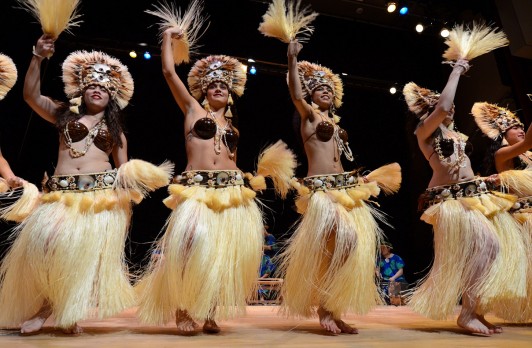A Glimpse of SAM’s School Tours
My name is Paige Smith. I work in the School & Educator Programs Department at the Seattle Art Museum. I have interned and worked at SAM for a little over a year now, and in all of my different positions I’ve learned so much about the museum’s role as an educational institution. My current position as the School Tour Greeter has given me the most exposure to how important educators are to the museum and the critical role they play in bringing art and people together. I have a great admiration for educators and a strong personal and professional goal to become an educator, thus the opportunity to work with school tour groups and with SAM’s wonderful Docents seemed not only a great experience for me, but also sounded fun! The School Tour Greeter serves as mainly a liaison between school groups who come for a tour and the Docents who lead the tours. In this position I communicate with Docents about any extra information they may need to know about their school tour group. I also make sure the Teaching Artists are in the art studios and prepared for the school groups that join their tour with an art workshop.
Docents play an essential role as educators in the museum. Observing their strengths in educating all types of groups has been very inspiring. Docents are volunteers who apply to become a touring guide for school, public, and private tours. They endure a lot of training and lead many types of themed tours for all the permanent collection and special exhibition galleries at all three SAM sites ( SAM downtown, The Seattle Asian Art Museum, and Olympic Sculpture Park). I get to witness an incredible exchange between students, docents, and teachers as they prepare for their venture into the art galleries.
As the students and teachers enter the museum they move all in one organic mass. Sometimes entering as one herd, shuffling close together, or sometimes entering more fluidly, spreading out as their minds ponder the new open space they’ve filtered into: the museum. Docents greet them eagerly and the relationship between guide and school group begins. Students of different ages present different kinds of energy and the Docents can interpret and immediately bounce off this energy with much enthusiasm, friendliness, encouragement and leadership. I’ve seen Docents lead all ages of students from little kindergarten tots to angsty high schoolers and they handle them all differently. I had a conversation with docents Karin Roth and Ann Hardy about guiding a group of kindergarten students after their tour. Karin was very excited about how engaged her group was. She said it was very different from her experiences guiding high school students because of how eager these young toddlers were to engage themselves in what they were seeing, whereas teenagers are often more reserved or can be preoccupied with other teen worries or social dynamics. They both enjoy any group type but Karin was exhilarated by how differently they interact with her and how she was able to gear her tour towards their responses.
Docents cater their language, questions, and explanations to the age and the types of group dynamics they observe from the start. The distance the group has come, the type of school they attend, and teacher they come with all influence the dynamic of the group. It is exciting to watch how docents can read the dynamic and then accentuate different aspects of the museum and exhibits to encourage the group’s particular interest and intellect as much as they can.
Docents come from a diverse background of different professions and experience with teaching, but I cannot emphasize enough how devoted each Docent is to bringing art and art history into a personal level of connection for each student. As educators of the museum SAM Docents bring a whole world of knowledge and adventure to the experiences of each individual school group, and every tour is a different adventure!
